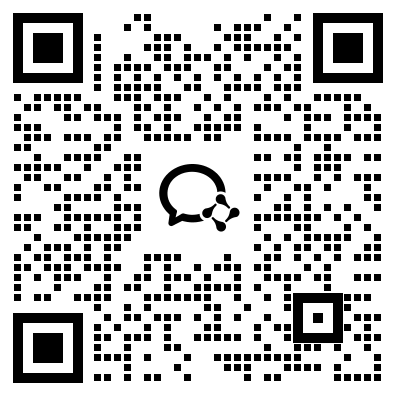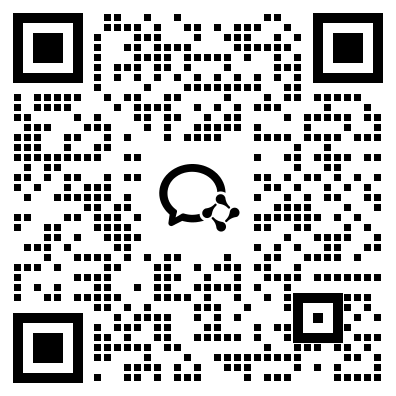东莞市在宗教活动场所内拟改建或者新建建筑物不影响宗教活动场所现有布局和功能的审批办件结果公示信息|宗教建筑审批数据集|政务服务数据数据集
收藏开放广东2024-11-14 更新2024-02-29 收录
下载链接:
https://gddata.gd.gov.cn/opdata/base/collect?chooseValue=collectForm
下载链接
链接失效反馈资源简介:
该数据包含历年来东莞市在宗教活动场所内拟改建或者新建建筑物不影响宗教活动场所现有布局和功能的审批办件结果公示信息,针对东莞市政务服务办件结果工作,收集在办件过程中,系统分配的唯一办件编号和办理时间和结果,并根据《广东政务服务网办件过程数据采集规范》规则进行数据清洗整理,若需使用到此类办件数据的明细数据,以各单位挂接为准。
提供机构:
东莞市
创建时间:
2023-08-23



